Citroen C3 vs Peugeot 308 – Differences & prices compared
Everyday use, family trips or long-distance drives – here’s where the differences show.
Discover whether Citroen C3 or Peugeot 308 fits your lifestyle better.
Costs and Efficiency:
When it comes to price and running costs, the biggest differences usually appear. This is often where you see which car fits your budget better in the long run.
Citroen C3 has a significantly advantage in terms of price – it starts at 13700 £, while the Peugeot 308 costs 29200 £. That’s a price difference of around 15532 £.
Fuel consumption also shows a difference: Peugeot 308 manages with 0.80 L and is therefore decisively more efficient than the Citroen C3 with 5 L. The difference is about 4.20 L per 100 km.
In terms of energy consumption, the advantage goes to the Peugeot 308: with 15.20 kWh per 100 km, it’s barely noticeable more efficient than the Citroen C3 with 16.60 kWh. That’s a difference of about 1.40 kWh.
As for range, the Peugeot 308 performs distinct better – achieving up to 419 km, about 95 km more than the Citroen C3.
Engine and Performance:
Power, torque and acceleration are the classic benchmarks for car enthusiasts – and here, some clear differences start to show.
When it comes to engine power, the Peugeot 308 has a decisively edge – offering 195 HP compared to 113 HP. That’s roughly 82 HP more horsepower.
In acceleration from 0 to 100 km/h, the Peugeot 308 is clearly perceptible quicker – completing the sprint in 7.60 s, while the Citroen C3 takes 9.90 s. That’s about 2.30 s faster.
In terms of top speed, the Peugeot 308 performs to a small extent better – reaching 225 km/h, while the Citroen C3 tops out at 183 km/h. The difference is around 42 km/h.
There’s also a difference in torque: Peugeot 308 pulls distinct stronger with 300 Nm compared to 205 Nm. That’s about 95 Nm difference.
Space and Everyday Use:
Cabin size, boot volume and payload all play a role in everyday practicality. Here, comfort and flexibility make the difference.
Both vehicles offer seating for 5 people.
In curb weight, Citroen C3 is slightly lighter – 1226 kg compared to 1436 kg. The difference is around 210 kg.
In terms of boot space, the Peugeot 308 offers distinct more room – 412 L compared to 310 L. That’s a difference of about 102 L.
In maximum load capacity, the Peugeot 308 performs hardly perceptible better – up to 1323 L, which is about 103 L more than the Citroen C3.
When it comes to payload, Peugeot 308 a bit takes the win – 510 kg compared to 423 kg. That’s a difference of about 87 kg.
Who comes out on top?
Overall, the Peugeot 308 shows itself to be wins the duel decisively and secures the title of DriveDuel Champion.
It convinces with the more balanced overall package and proves to be the more versatile choice for everyday use.

Peugeot 308
Citroen C3
The Citroën C3 exudes a quirky charm with its distinctive design and bold colour options, making it stand out in the crowded hatchback market. Its interior is crafted with comfort in mind, offering plush seating and a host of modern technology features to enhance the driving experience. The C3's compact size makes it an ideal choice for urban commuting, effortlessly navigating through city streets while maintaining a sense of style and practicality.
details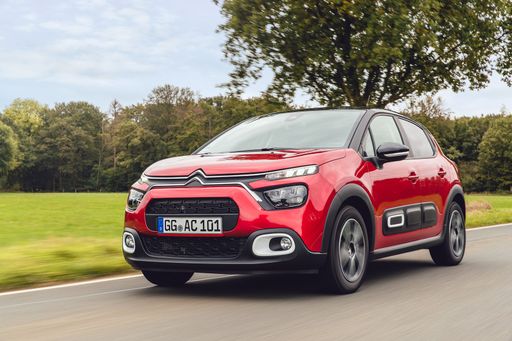 @ media.stellantis.com
@ media.stellantis.com
 @ media.stellantis.com
@ media.stellantis.com
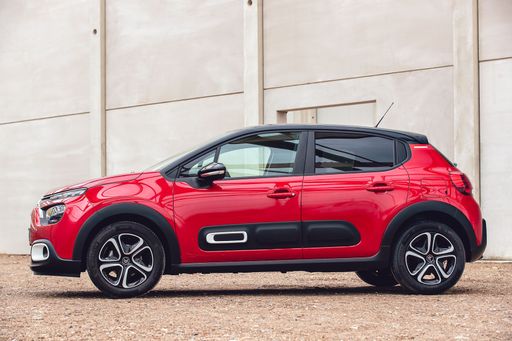 @ media.stellantis.com
@ media.stellantis.com
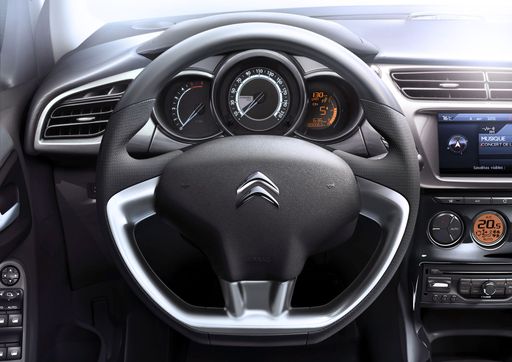 @ media.stellantis.com
@ media.stellantis.com
Peugeot 308
The Peugeot 308 presents a refined blend of style and sophistication, making it a compelling option for anyone in search of a dynamic yet practical vehicle. Its sleek design is complemented by a thoughtfully crafted interior that ensures both driver and passengers travel in comfort and elegance. Moreover, the 308 offers a responsive driving experience, combining agility with a sense of security on the road.
details @ media.stellantis.com
@ media.stellantis.com
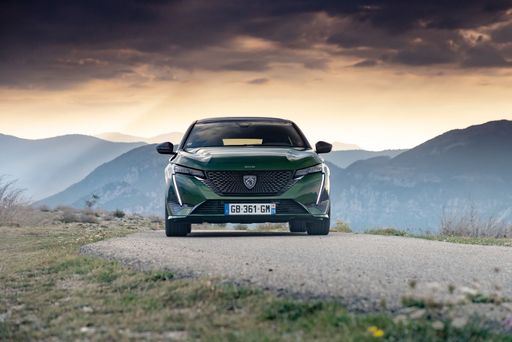 @ media.stellantis.com
@ media.stellantis.com
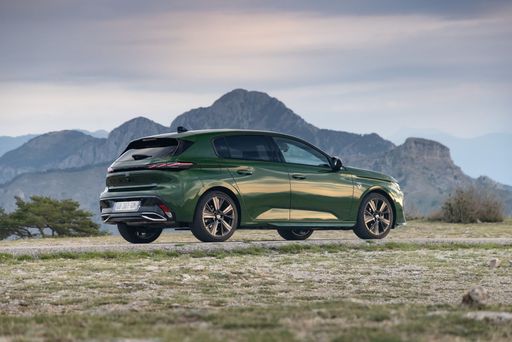 @ media.stellantis.com
@ media.stellantis.com
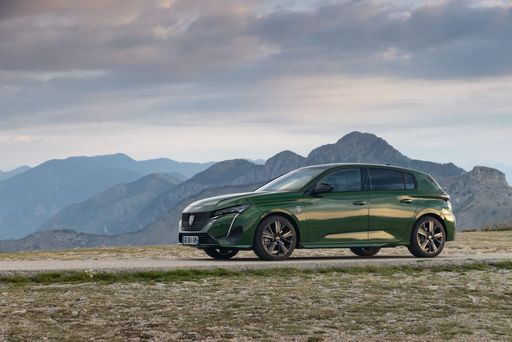 @ media.stellantis.com
@ media.stellantis.com
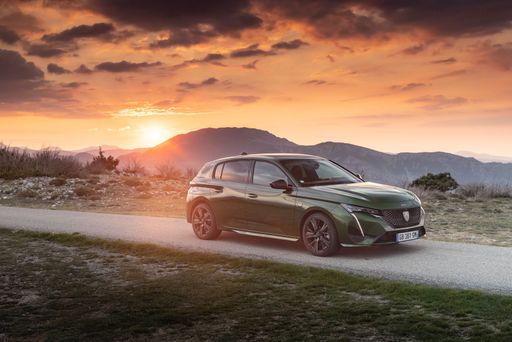 @ media.stellantis.com
@ media.stellantis.com
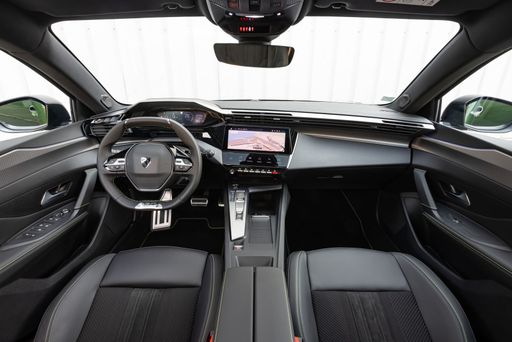 @ media.stellantis.com
@ media.stellantis.com

|

|
|
|
|
Costs and Consumption |
|
|---|---|
|
Price
13700 - 23800 £
|
Price
29200 - 41800 £
|
|
Consumption L/100km
5 - 5.6 L
|
Consumption L/100km
0.8 - 5.1 L
|
|
Consumption kWh/100km
16.6 - 17.2 kWh
|
Consumption kWh/100km
15.20 kWh
|
|
Electric Range
206 - 324 km
|
Electric Range
78 - 419 km
|
|
Battery Capacity
-
|
Battery Capacity
51 kWh
|
|
co2
0 - 126 g/km
|
co2
0 - 133 g/km
|
|
Fuel tank capacity
44 L
|
Fuel tank capacity
42 - 53 L
|
Dimensions and Body |
|
|---|---|
|
Body Type
SUV
|
Body Type
Hatchback
|
|
Seats
2 - 5
|
Seats
5
|
|
Doors
5
|
Doors
5
|
|
Curb weight
1226 - 1518 kg
|
Curb weight
1436 - 1759 kg
|
|
Trunk capacity
310 L
|
Trunk capacity
314 - 412 L
|
|
Length
4015 mm
|
Length
4367 mm
|
|
Width
1755 mm
|
Width
1852 mm
|
|
Height
1567 mm
|
Height
1441 mm
|
|
Max trunk capacity
1220 L
|
Max trunk capacity
1258 - 1323 L
|
|
Payload
227 - 423 kg
|
Payload
431 - 510 kg
|
Engine and Performance |
|
|---|---|
|
Engine Type
Petrol, Electric, Petrol MHEV
|
Engine Type
Diesel, Electric, Petrol MHEV, Plugin Hybrid
|
|
Transmission
Manuel, Automatic
|
Transmission
Automatic
|
|
Transmission Detail
Manual Gearbox, Reduction Gearbox, Dual-Clutch Automatic
|
Transmission Detail
Automatic Gearbox, Reduction Gearbox, Dual-Clutch Automatic
|
|
Drive Type
Front-Wheel Drive
|
Drive Type
Front-Wheel Drive
|
|
Power HP
101 - 113 HP
|
Power HP
130 - 195 HP
|
|
Acceleration 0-100km/h
9.9 - 12 s
|
Acceleration 0-100km/h
7.6 - 10.6 s
|
|
Max Speed
125 - 183 km/h
|
Max Speed
170 - 225 km/h
|
|
Torque
120 - 205 Nm
|
Torque
230 - 300 Nm
|
|
Number of Cylinders
3
|
Number of Cylinders
3 - 4
|
|
Power kW
74 - 83 kW
|
Power kW
96 - 144 kW
|
|
Engine capacity
1199 cm3
|
Engine capacity
1199 - 1598 cm3
|
General |
|
|---|---|
|
Model Year
2024 - 2025
|
Model Year
2023 - 2025
|
|
CO2 Efficiency Class
D, A, C
|
CO2 Efficiency Class
D, A, C, B
|
|
Brand
Citroen
|
Brand
Peugeot
|
What drive types are available for the Citroen C3?
The Citroen C3 is offered with Front-Wheel Drive.
The prices and data displayed are estimates based on German list prices and may vary by country. This information is not legally binding.
